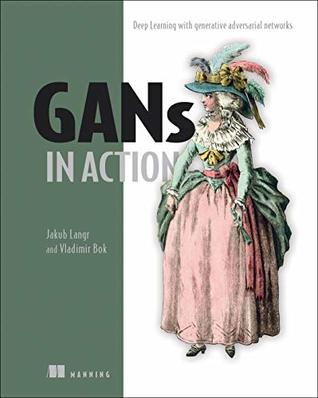What is Deep Learning?
Last Updated on August 14, 2020 Deep Learning is a subfield of machine learning concerned with algorithms inspired by the structure and function of the brain called artificial neural networks. If you are just starting out in the field of deep learning or you had some experience with neural networks some time ago, you may be confused. I know I was confused initially and so were many of my colleagues and friends who learned and used neural networks in the 1990s […]
Read more








